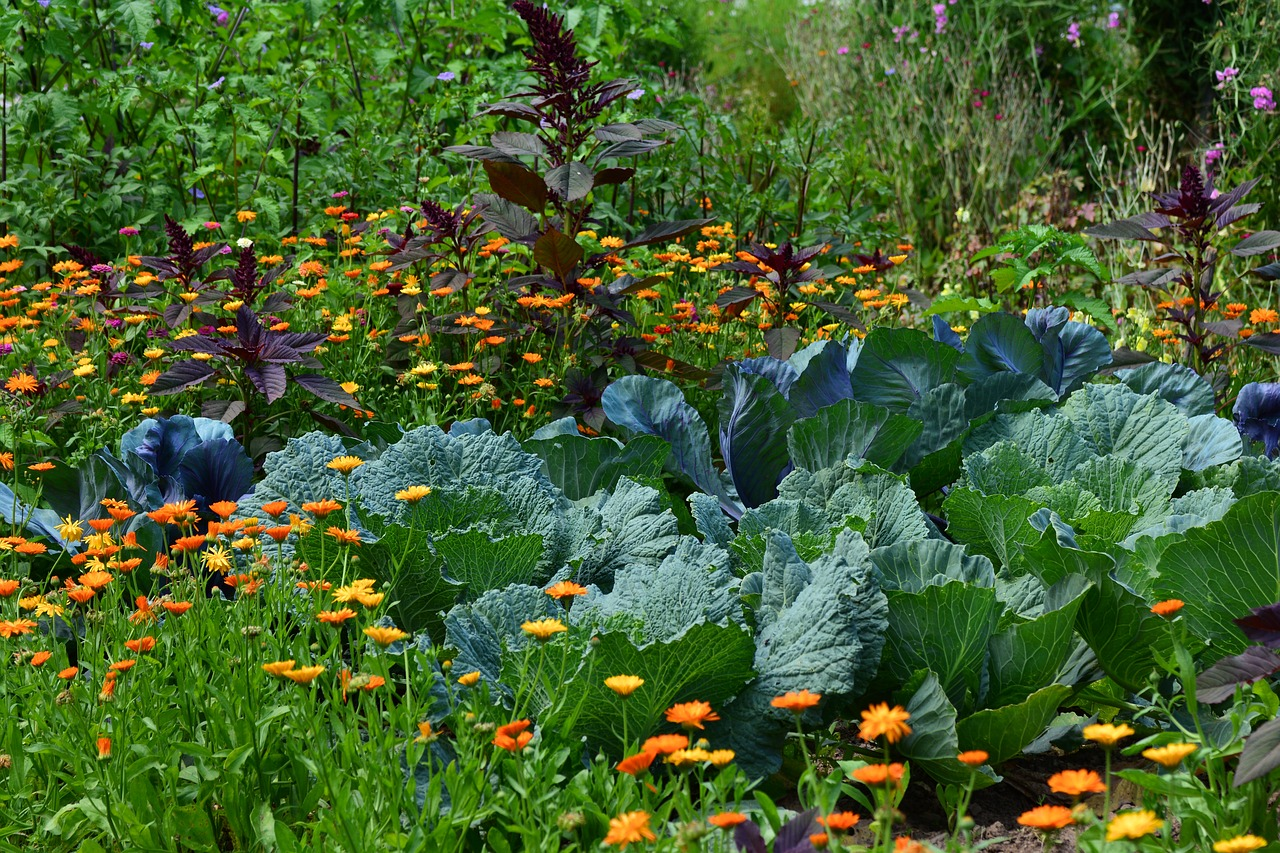Rediscover heirloom varieties
New diversity with old varieties
75% of crop diversity has already been lost, and some of the remaining old varieties are already endangered. To counteract this loss, simplified approval procedures for old varieties as amateur and conservation varieties have been introduced.
Amateur and conservation varieties
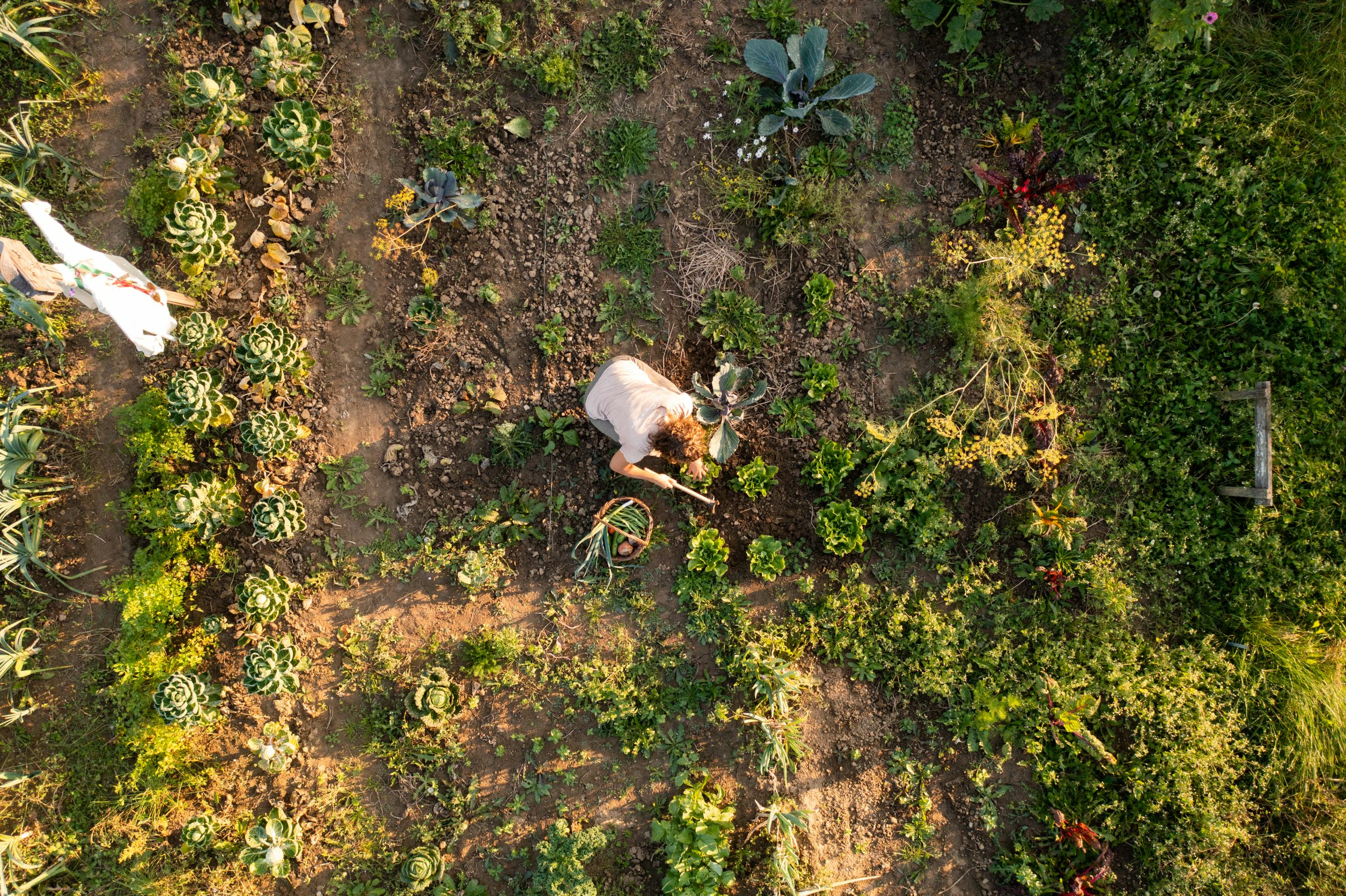
With the introduction of the Amateur and Conservation Variety Ordinance, the approval and distribution of old varieties was made easier. These varieties are not suitable for large-scale cultivation. However, they are often cultivated by amateur gardeners as they have a high regional value. Their cultivation also counteracts the loss of genetic diversity.
Definition of an "old variety''

Between 1850 and 1950, a range of crop plants was created, which were categorized and marketed as varieties. The variety designation thus comes from plant breeding in order to differentiate between different varieties of the same species. Old varieties are therefore crops that were propagated and used at the beginning of industrialization. Older crops are historical varieties.
Characteristics of heirloom varieties
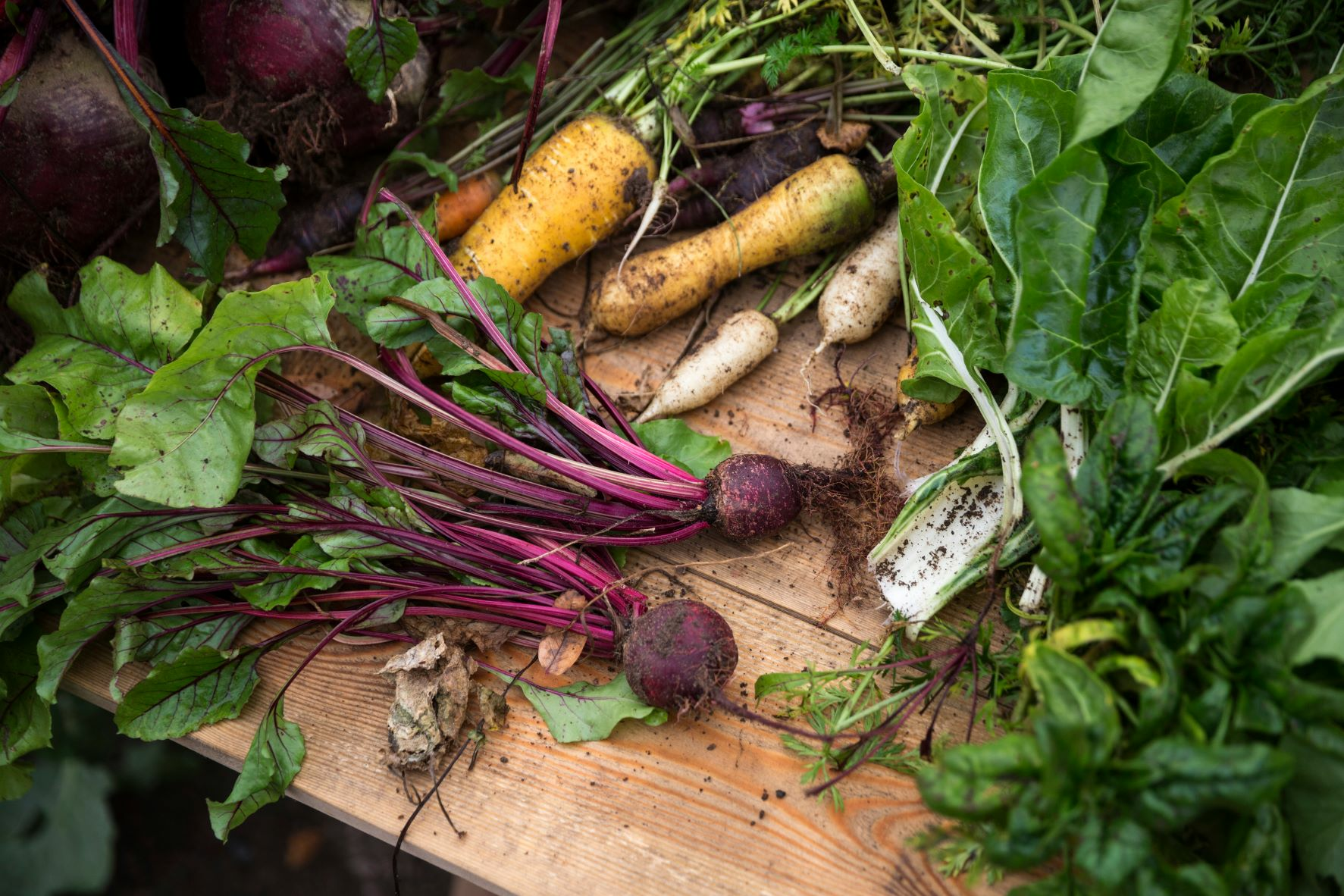
Heirloom varieties are usually not defined on the basis of their age, but on the basis of various characteristics. The plants are often characterized by their great adaptability to changing environmental factors and seed stability. Their harvested products also usually have a more intense taste, a wide variety of colors and shapes and a higher proportion of health-promoting ingredients.
1. Open-pollinating seeds
Heirloom varieties are useful plants that were integrated into people's everyday lives and thus into their cycles. In order to be able to sow seeds year after year, these crops had to produce reproducible seeds. Seed-resistant plants also preserve the independence of farmers and gardeners
2. Unusual vegetables
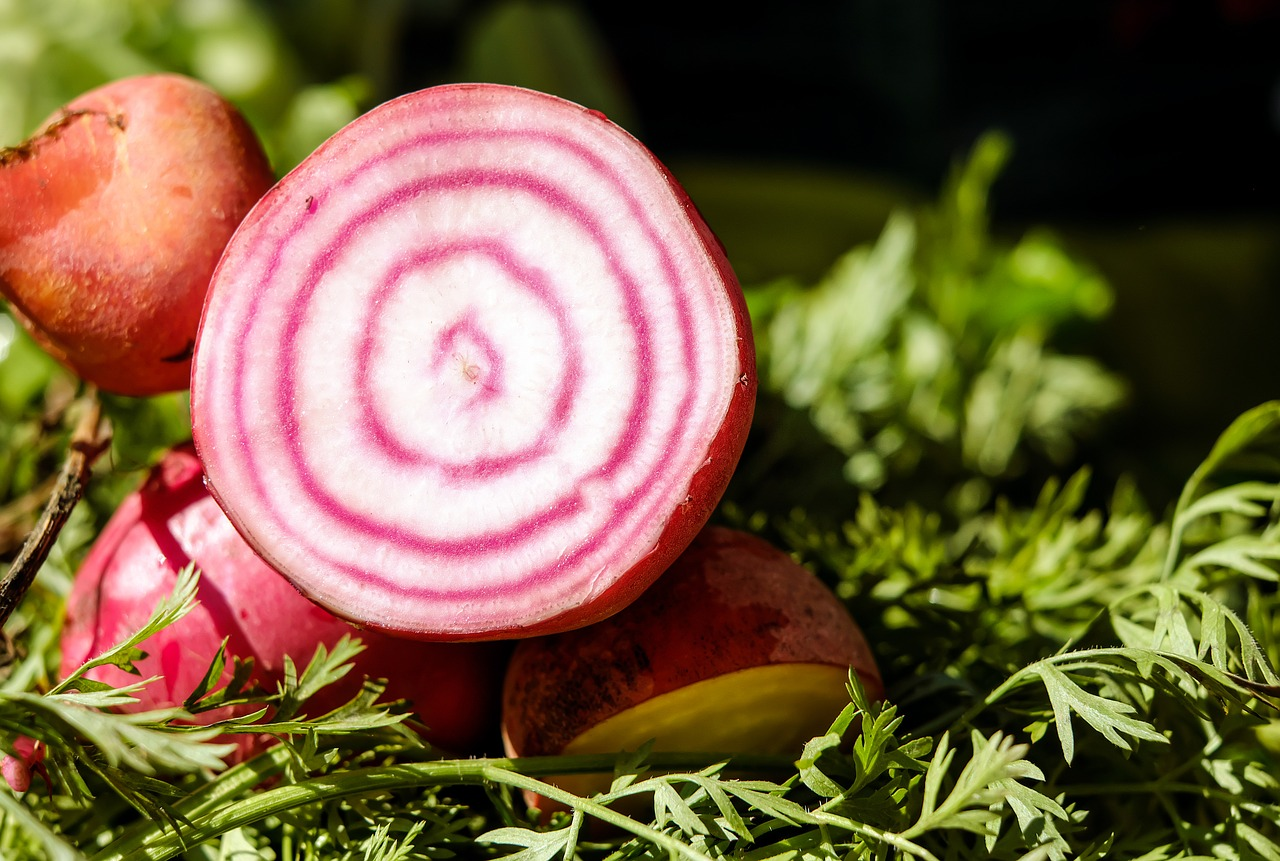
The fruit and vegetables of old varieties have a huge diversity of many bright colors. The variations are endless: red, yellow or white carrots; a red and white curled beet or red potatoes. In addition to the great variety of colors, there are different shapes that are outside the supermarket norms. This makes every vegetable a character vegetable.
3. Great variety of flavors: more phytochemicals
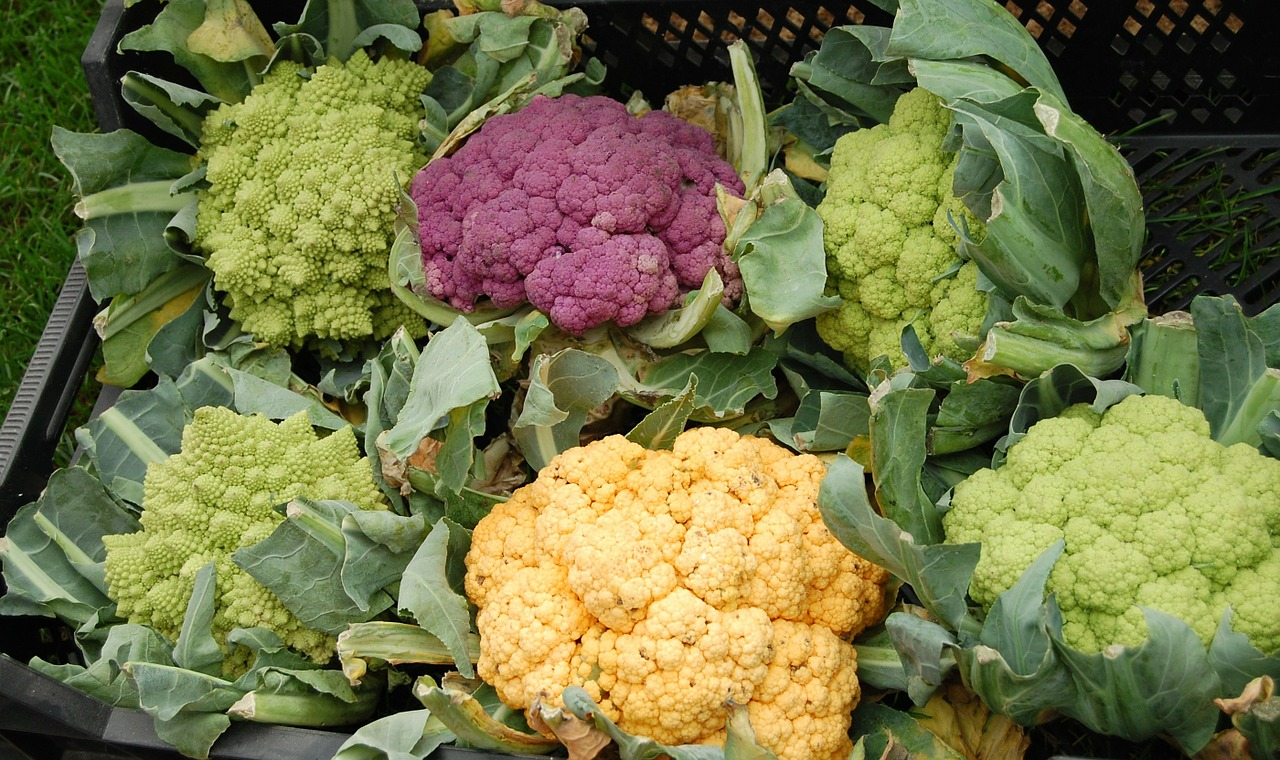
The more colorful and the more varied the taste, the more diverse the ingredients of fruit and vegetables. Every color and aroma is incorporated into the plant as a secondary plant substance. Secondary plant substances usually have a health-promoting effect. One substance that has been bred out of most new varieties is the bitter substance. Plants incorporate this substance into their tissue to avoid being eaten. But bitter substances are super healthy for the stomach and intestines!
Preserving special varieties
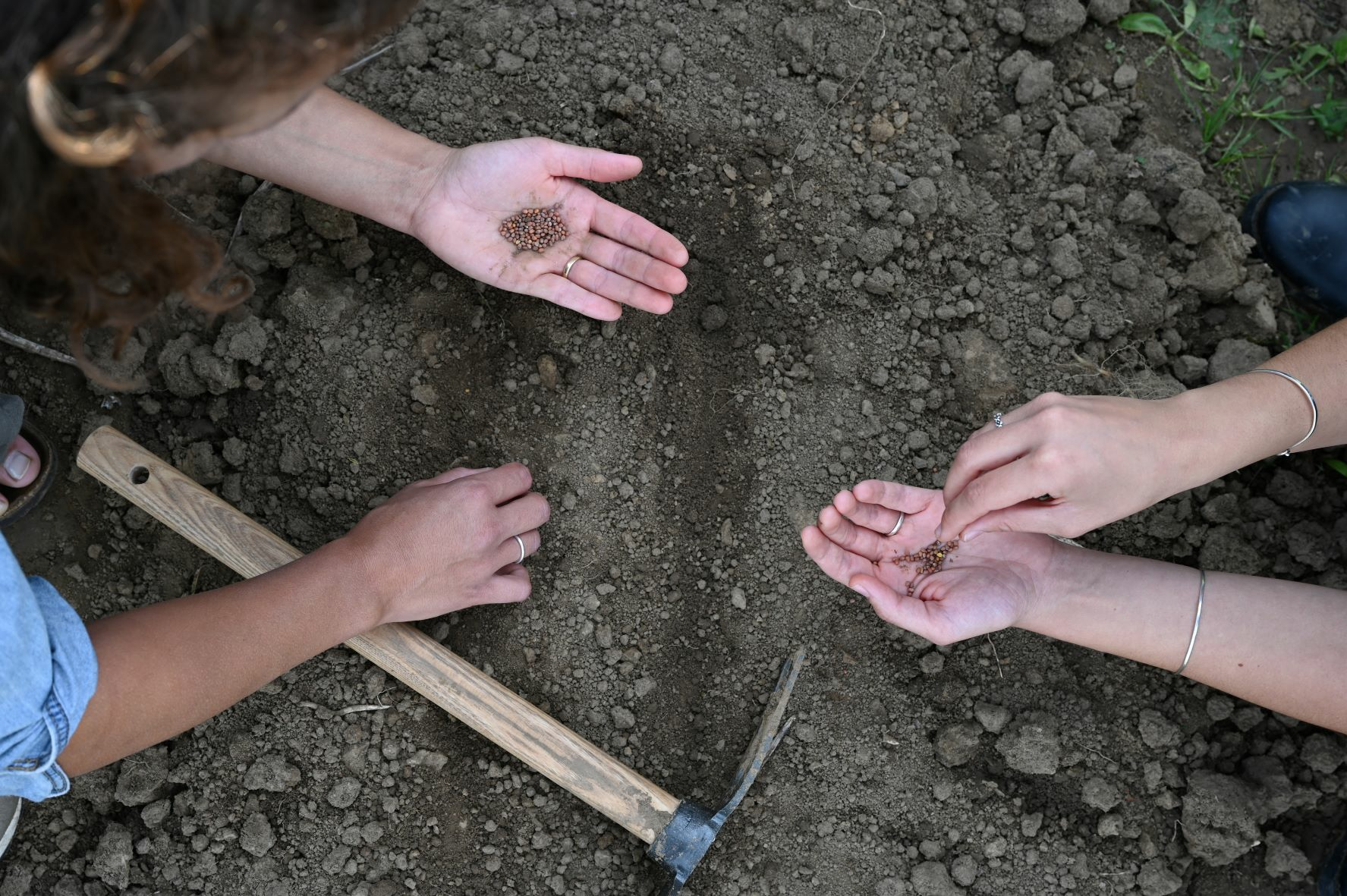
As you can see, old varieties have special characteristics that new high-performance varieties have already lost in some cases. Some of these characteristics could play a role in future breeding. To really preserve a variety, it must be cultivated. Only then can the plant evolve with its environment and develop its genetic potential. Without cultivation and conservation breeding, variety-specific traits would otherwise be lost.
congerdesign on Pixabay.
